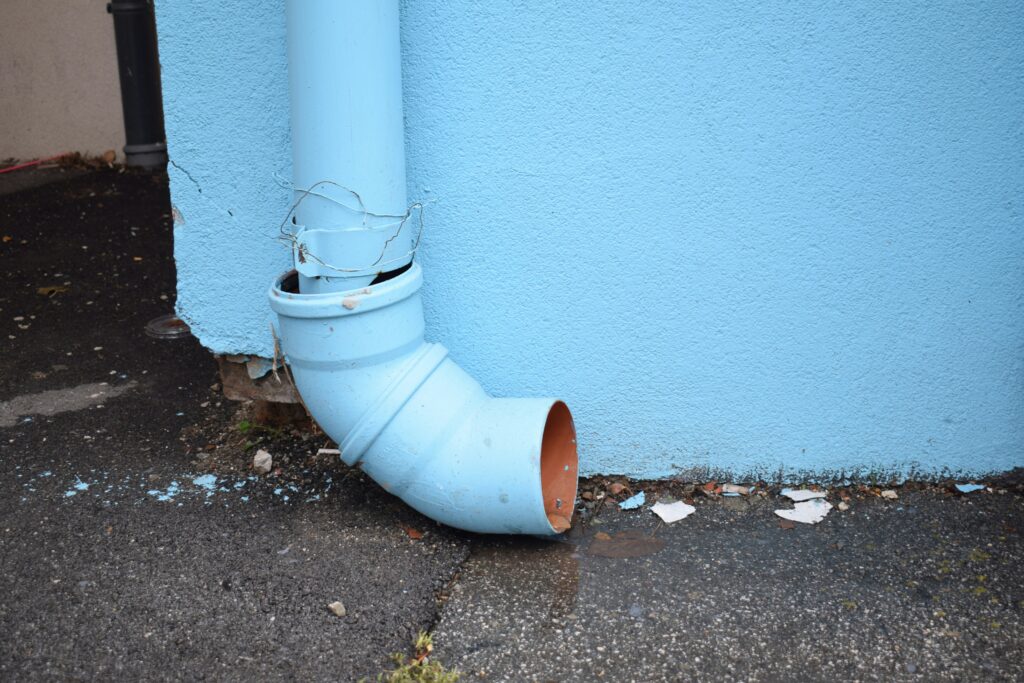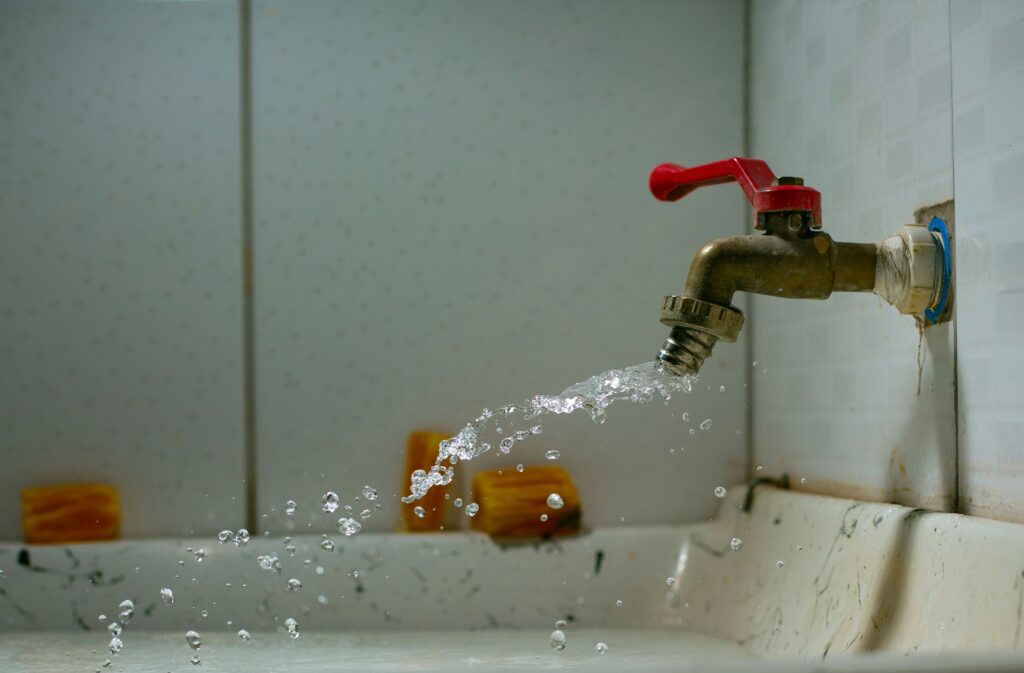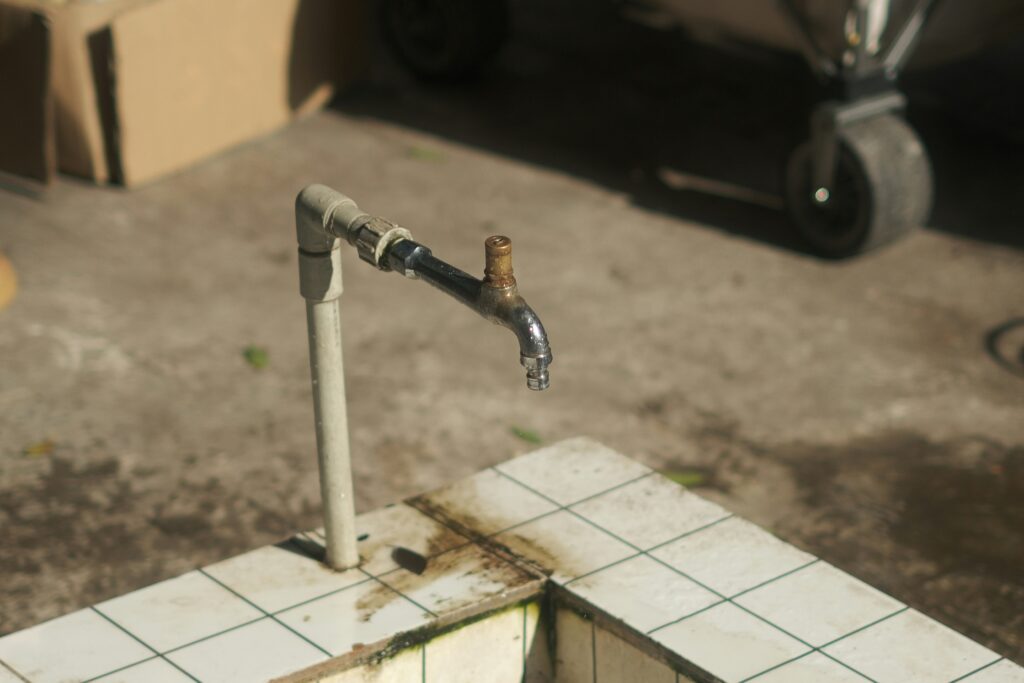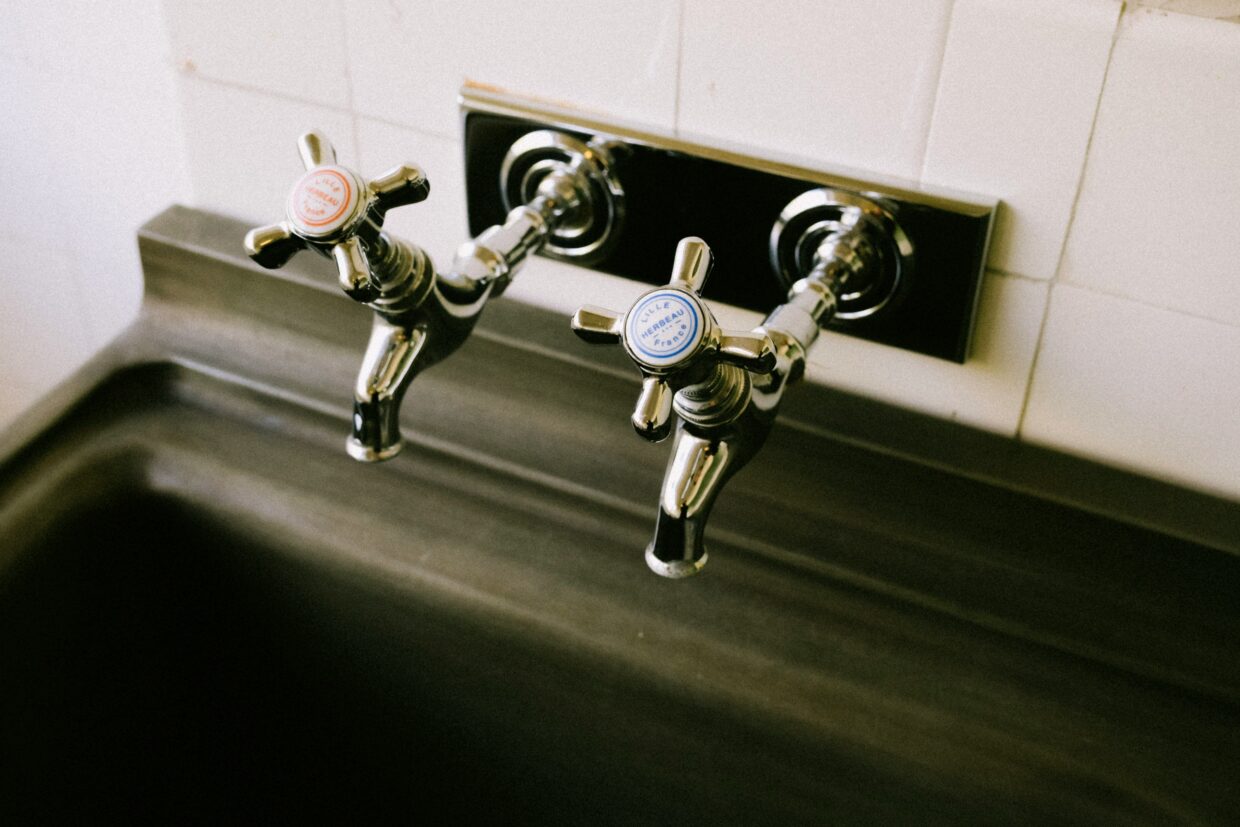Ever been jolted awake by the dreaded sound of dripping water, or worse, discovered a burst pipe turning your living room into an indoor swimming pool? It’s every homeowner’s nightmare, right? And after the initial panic subsides, the next thought usually is, “How much is this going to cost me?!” Plumbing emergencies are notorious for hitting your bank account hard, often when you least expect it. That’s where plumbing insurance comes in, acting like a superhero cape for your finances, shielding you from the devastating costs of unexpected pipe problems.
If you’ve been wondering about plumbing insurance cost and whether it’s truly worth it, you’re in the right place. This isn’t some boring, jargon-filled insurance spiel; think of it as a friendly chat over coffee, where we break down everything you need to know about protecting your home’s most vital veins. By the end of this guide, you’ll not only understand the ins and outs of plumbing insurance but also feel empowered to make smart decisions that could save you thousands. Ready to dive in? Let’s get started!

Understanding Plumbing Insurance: More Than Just a Leak Fix
When we talk about plumbing insurance, it’s not always a standalone policy you buy. Often, it’s a component of your broader homeowners insurance policy or an optional add-on that provides specific coverage for plumbing-related issues. Think of it as a specialized shield within your main armor.
What Exactly Does Plumbing Insurance Cover?
So, what kind of disasters are we talking about here? Generally, plumbing insurance helps cover the costs associated with sudden and accidental damage to your home’s plumbing system. This can include:
- Burst Pipes: This is perhaps the most common and costly plumbing emergency. Whether it’s due to freezing temperatures, old age, or sudden pressure changes, a burst pipe can cause extensive water damage to walls, floors, furniture, and even your home’s foundation.
- Leak Repair: While a small drip might seem minor, it can lead to significant damage over time, including mold growth and structural issues. Plumbing insurance often covers the cost of finding and repairing the source of these leaks, especially if they’re hidden.
- Water Damage Restoration: Beyond just fixing the pipe, the insurance can help with the hefty costs of drying out your home, removing damaged materials, and repairing or replacing affected areas. This includes things like drywall replacement, flooring repair, and mold remediation (if it’s a direct result of a covered water event).
- Sewer Backups (Optional Coverage): This is a big one. Standard homeowners policies often exclude damage from sewer backups. However, you can typically add an endorsement to cover damage caused by water backing up from sewers or drains. Given the potential for extensive damage and contamination, this is often a worthwhile addition.
- Appliance-Related Leaks: If a connected appliance like a washing machine or dishwasher leaks and causes damage to your home, plumbing insurance (or your broader home insurance) can often step in to cover the resulting repairs.
It’s important to note that wear and tear, gradual leaks, or neglect are typically not covered. Insurance is designed for sudden, unexpected events, not for maintenance issues or problems that could have been prevented with regular upkeep.
The Difference Between Home Warranty and Plumbing Insurance
This is a common point of confusion! A home warranty is a service contract that covers the repair or replacement of major home systems and appliances that break down due to normal wear and tear. This is different from insurance, which covers sudden, accidental damage.
For example, if your water heater springs a leak because it’s old and corroded, a home warranty might cover its replacement. If it bursts due to a sudden, unexpected malfunction, your plumbing insurance (via your homeowners policy) would likely cover the resulting water damage to your home, but possibly not the water heater itself unless it’s specifically included. Think of it this way: insurance fixes the consequences of a plumbing disaster, while a home warranty fixes the cause if it’s due to normal aging.
Cracking the Code: What Influences Plumbing Insurance Cost?
Now for the main event: what determines how much you’ll actually pay for this peace of mind? Plumbing insurance cost isn’t a fixed number; it’s influenced by several factors, just like a good recipe needs the right ingredients. Let’s break down the key elements that contribute to your premium.
Your Location, Location, Location!
Just like real estate, your geographic location plays a significant role. If you live in an area prone to:
- Extreme Weather: Regions with harsh winters and freezing temperatures see more burst pipes. Similarly, areas susceptible to heavy rainfall and flooding might have higher rates for sewer backup coverage.
- Older Infrastructure: Cities with aging plumbing infrastructure may have more frequent issues, leading to higher premiums.
- Local Water Quality: Hard water can lead to mineral buildup and pipe corrosion over time, potentially increasing the risk of plumbing failures.
A 2025 Statista report (placeholder data, always verify with current reports!) might show that homeowners in colder climates, for instance, generally face higher premiums for plumbing-related coverages due to the increased risk of frozen and burst pipes.
The Age and Condition of Your Home
This one’s a no-brainer. Older homes often come with older plumbing systems, which means a higher likelihood of issues.
- Pipe Materials: Homes with outdated plumbing materials like lead or galvanized steel pipes are generally considered higher risk than those with modern PEX or copper piping.
- Recent Renovations: If you’ve recently updated your plumbing system, you might see lower premiums, as this indicates a reduced risk of future issues.
- Maintenance History: While not always directly asked for, a history of regular plumbing maintenance can indicate a well-cared-for home, which insurers appreciate.
Coverage Limits and Deductibles: Your Control Panel
These are two of the most significant levers you can pull to adjust your plumbing insurance cost.
- Coverage Limits: This is the maximum amount your insurance company will pay out for a covered claim. Higher limits mean more protection, but also a higher premium. For example, if you live in a large home with expensive finishes, you’ll want higher limits to cover potential water damage.
- Deductible: This is the amount you pay out of pocket before your insurance coverage kicks in. A higher deductible means you pay more initially, but your premium will be lower. Conversely, a lower deductible means higher premiums. It’s a balancing act: what are you comfortable paying out of pocket versus what you want your monthly or annual premium to be?
For example, opting for a $1,000 deductible instead of a $500 one could reduce your annual premium by 10-15%, but you’ll have to shell out more if disaster strikes.
The Type of Coverage: What’s Included?
As we discussed, standard homeowners policies cover sudden plumbing leaks. However, if you want specific protection for things like sewer backup or foundation damage due to water leaks, these are often add-ons or endorsements that will increase your overall premium. Consider what risks are most prevalent in your area and for your home’s specific characteristics.
Your Claims History
Unfortunately, a history of frequent claims, especially for water-related damage, can signal a higher risk to insurers, leading to increased premiums. This is where proactive maintenance and swift action during small leaks can save you money in the long run!
Insurance Provider and Discounts
Every insurance company has its own underwriting process and pricing models. Shopping around and getting multiple quotes is crucial. Additionally, many insurers offer discounts for:
- Bundling Policies: Combining your home and auto insurance with the same provider can often lead to significant savings.
- Security Systems: Having a smart home system that can detect water leaks (e.g., smart leak detectors) can sometimes qualify you for discounts.
- No Claims History: Maintaining a clean claims record over several years can also earn you a loyalty discount.

Navigating the Maze: How to Get the Best Plumbing Insurance for Your Buck
So, you understand the factors, but how do you actually find the right coverage without overpaying? It’s easier than you think, and with a few smart moves, you can protect your home without breaking the bank.
Get Multiple Quotes – Seriously!
This is probably the single most important piece of advice. Don’t settle for the first quote you receive. Insurance providers vary widely in their pricing and coverage options. By getting quotes from at least three to five different companies, you can compare:
- Base Premiums: How much they charge for similar coverage.
- Deductibles: The available deductible options and how they impact the premium.
- Optional Coverages: What endorsements are offered, such as sewer backup or service line coverage, and their associated costs.
- Discounts: What discounts you qualify for.
Think of it like shopping for a new car; you wouldn’t buy the first one you see without checking out a few others, right?
Assess Your Risks (Be Honest with Yourself!)
Take a good look at your home and its surroundings.
- How old is your plumbing system? If it’s original to a 50-year-old house, you might want more robust coverage.
- Do you live in a flood-prone area? Even if it’s not an official flood zone, heavy rains can cause sewer issues.
- Are there mature trees with extensive root systems near your sewer lines? Roots are notorious for invading pipes.
Understanding your specific vulnerabilities will help you decide which optional coverages are truly necessary for your peace of mind.
Consider Your Deductible Carefully
This is where your personal financial comfort comes into play. Can you comfortably afford a $1,000 or $2,500 deductible if a major plumbing disaster strikes? If so, opting for a higher deductible will significantly lower your annual premiums. If a sudden, large out-of-pocket expense would be a financial strain, then a lower deductible might be worth the higher premium.
It’s a trade-off: pay more now (lower deductible, higher premium) or pay more later (higher deductible, lower premium) if something happens.
Read the Fine Print (Yes, Really!)
Insurance policies can be dense, but it’s crucial to understand what is and isn’t covered. Pay particular attention to:
- Exclusions: What specific events or types of damage are not covered? For example, damage from earthquakes or floods (if you don’t have separate flood insurance) are almost always excluded.
- Limitations: Are there limits on specific types of damage, like mold remediation or foundation repair?
- Requirements: Are there any maintenance requirements to keep your coverage valid?
If anything is unclear, don’t hesitate to ask your insurance agent for clarification. That’s what they’re there for!
Maintain Your Plumbing Proactively
While not directly impacting your current premium (unless you’ve made significant upgrades), proactive maintenance can save you from future claims, which will impact your rates.
- Regular Inspections: Consider having a professional plumber inspect your system every few years, especially if your home is older. They can spot potential problems before they become costly disasters.
- Address Small Leaks Immediately: Don’t put off fixing that dripping faucet or running toilet. Small leaks can turn into big, expensive problems.
- Winterize Your Pipes: If you live in a cold climate, learn how to properly winterize your pipes to prevent freezing and bursting.
- Be Mindful of What Goes Down the Drain: Avoid pouring grease or harsh chemicals down your drains, as these can cause clogs and damage pipes over time.
Real-Life Scenarios: How Plumbing Insurance Saves the Day
Let’s bring this to life with a couple of quick scenarios that illustrate the power of having the right plumbing insurance.
Scenario 1: The Burst Pipe Catastrophe
Imagine Sarah, a homeowner in a chilly northern state, wakes up one winter morning to find water gushing from her basement ceiling. A pipe froze and burst overnight, turning her newly finished basement into a soggy mess.
- Without Plumbing Insurance: Sarah would be on the hook for thousands of dollars: emergency plumbing repairs (easily $500-$1,500 just for the fix), water extraction and drying services ($1,000-$3,000), mold remediation ($2,000-$6,000+), and the complete replacement of drywall, flooring, and damaged furniture ($5,000-$15,000+). Her total out-of-pocket could easily exceed $10,000 or even $20,000.
- With Plumbing Insurance (via her homeowners policy): Sarah calls her insurer. After meeting her $1,000 deductible, her policy covers the cost of the pipe repair, professional water mitigation services, mold remediation, and the replacement of her damaged basement. She’s out her $1,000 deductible, and her peace of mind is priceless.
Scenario 2: The Sneaky Slab Leak
John notices a sudden spike in his water bill and a warm spot on his living room floor. Turns out, he has a pinhole leak in a pipe under his concrete slab foundation.
- Without Plumbing Insurance: Locating and repairing a slab leak is incredibly expensive. It often involves specialized leak detection equipment and jackhammering through the slab. Costs can range from $2,000 to $5,000 just to find and fix the leak, plus thousands more to repair the foundation and floor.
- With Plumbing Insurance (if “hidden water damage” or “slab leak” is covered): John’s policy covers the cost of the leak detection, the repair of the pipe, and the restoration of his flooring and any affected foundation. He pays his deductible, and the insurer handles the rest.
These examples aren’t just hypothetical; they happen every day. And they clearly show that while there’s a plumbing insurance cost, the potential savings in a crisis are immense.

The Bottom Line: Is Plumbing Insurance Worth the Cost?
Absolutely, yes! For most homeowners, the answer is a resounding yes. While thinking about unexpected plumbing disasters isn’t exactly a fun pastime, being prepared for them can save you an incredible amount of stress, time, and money. The plumbing insurance cost is a small investment when you consider the potentially astronomical expenses of a burst pipe, major leak, or sewer backup.
Think of it as an essential part of your home maintenance budget, not an optional luxury. It’s about protecting your biggest asset—your home—and your financial stability.
Now It’s Your Turn!
You’ve got the knowledge, the insights, and the confidence to tackle the world of plumbing insurance. Don’t wait for a drip to turn into a flood. Take the proactive step today:
- Review your current homeowners policy: Understand what plumbing coverage you already have.
- Get quotes: Reach out to a few different insurance providers to compare options and pricing.
- Ask questions: Don’t be shy! Ensure you understand every detail before committing.
Your home (and your wallet!) will thank you for it. Go forth and protect those pipes!
Sık Sorulan Sorular (FAQs)
Q1: Does homeowners insurance cover plumbing leaks?
Generally, yes, homeowners insurance typically covers damage from sudden and accidental plumbing leaks, such as a burst pipe. However, it usually does not cover damage caused by neglected maintenance, gradual leaks, or issues like wear and tear. Always check your specific policy for details.
Q2: Is a sewer line backup covered by standard home insurance?
No, a sewer line backup is typically not covered by a standard homeowners insurance policy. This type of coverage usually needs to be added as an endorsement or rider to your policy, often called “Sewer and Drain Backup” or “Water Back-Up” coverage. It’s highly recommended, especially if you have an older home or live in an area with heavy rainfall.
Q3: How can I reduce my plumbing insurance cost?
You can reduce your plumbing insurance cost by opting for a higher deductible, bundling your insurance policies (e.g., home and auto), installing smart home water leak detection systems, and maintaining a claims-free history. Regularly maintaining your plumbing system can also prevent costly claims in the first place.
Q4: Does plumbing insurance cover the cost of repairing the actual pipe?
Yes, in most cases, if a pipe bursts or leaks due to a sudden and covered event, the insurance will cover the cost of repairing or replacing the damaged pipe itself, in addition to the resulting water damage to your home. However, it generally won’t cover repairs for issues due to wear and tear or lack of maintenance.
Q5: What is the average cost of plumbing insurance?
The “average” plumbing insurance cost is hard to pinpoint exactly, as it’s typically part of your overall homeowners insurance premium. However, the portion attributable to plumbing-related risks can range from a few hundred dollars to over a thousand annually, depending on all the factors discussed above, such as your location, home age, coverage limits, and deductible. Adding specific endorsements like sewer backup coverage will also increase this.









